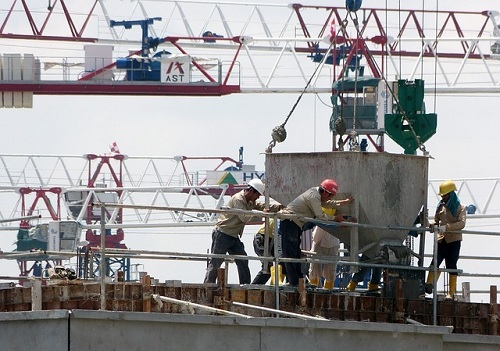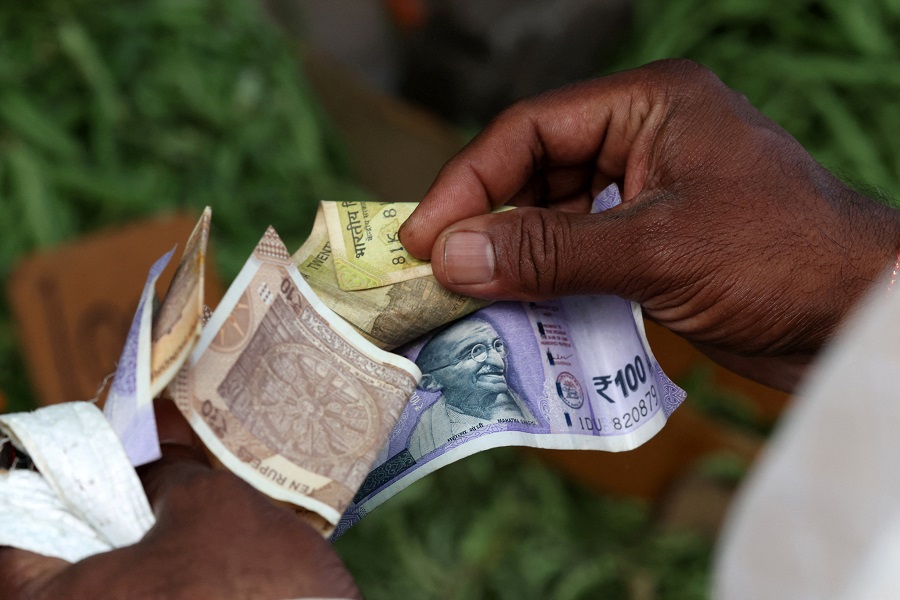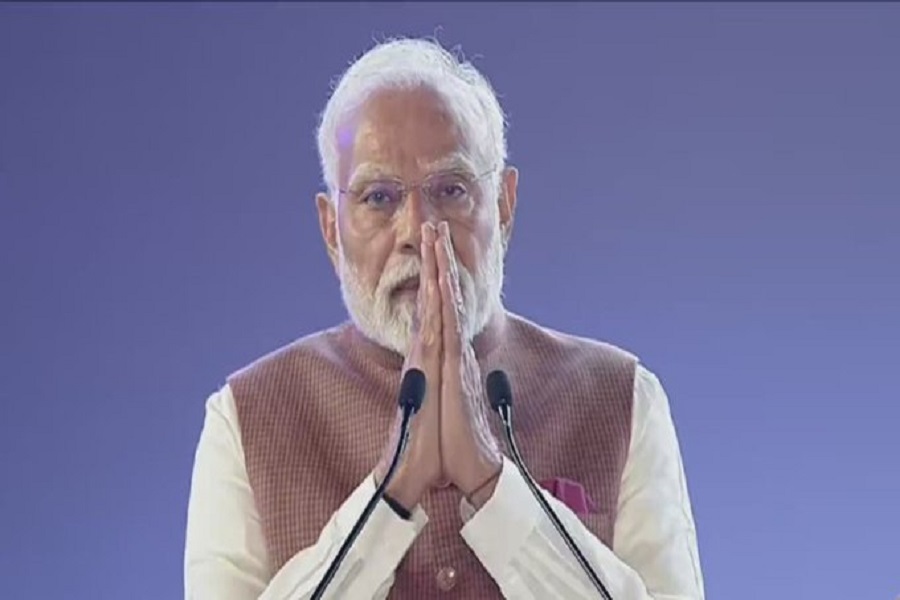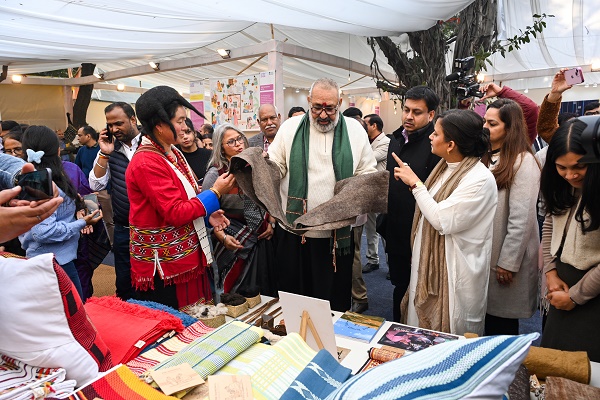Textiles sector Update : Industry Connect – Passing through stormy clouds by Emkay Global Financial Services Ltd
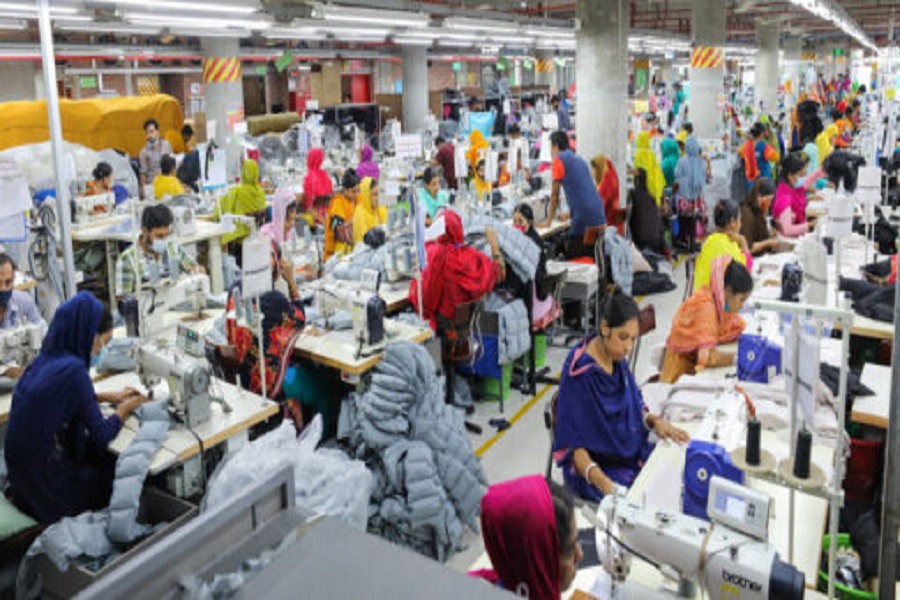
We hosted Raja M Shanmugham, former President of Tiruppur Exporters Association (TEA) and Chairman of Warsaw International (Tiruppur-based garment exporter), for understanding the impact of the over 50% tariffs imposed on India and the outlook. KTAs: 1) US tariffs have caused margin pressure and inventory overhang, thus making government support crucial for MSMEs. 2) Near-term disruption vs medium-term cushioning: Domestic demand, FTAs, and structural reforms provide tailwinds, though relief timelines are vital. 3) EU and UK remain key expansion markets, though India’s global share (~4%) lags that of Bangladesh (13%) and Vietnam (9%), with execution challenges slowing FTA gains.
.Around 50% US tariffs—too steep to absorb—will require incentive cushion.
The imposition of the additional 10% baseline tariff by the US (levied on 2-Apr-25) impacted margins, as tariff burden was equally shared between exporters and customers to protect margins in the 90-day window. The Speaker believes tariffs of over 50% are too steep for the industry to absorb and will lead to erosion of the already low margins. The Tiruppur cluster, which accounts for 55-60% of total knitwear exports (~Rs700bn) from India, is witnessing suspension of US exports to the tune of ~Rs40bn since the imposition of fresh tariffs. Besides the higher tariffs, deferred payments from US retailers and seasonal inventory risks have created stress for local garment players.
Short-term measures – Need of the hour
Per the Speaker, the latest government policy actions such as GST rate reduction—on garments priced lower than Rs2,500 a piece—to 5% (from 12%), exemption on 11% duty on cotton imports, etc would be fruitful in the medium-to-long term. However, the industry will require short-term fiscal stimulus/incentives to absorb the tariff shock to stay relevant. The handholding is more relevant for MSME players, which unlike larger players have limited balance-sheet strength. A few quick-fixes adopted by exporters include exploring domestic absorption by re-labelling or shifting excess stock to local brands, while others are preparing to place goods in other geographies, though this requires a 4-6-month transition. Tailwinds from structural reforms and growing domestic demand provide medium-term cushioning, though near-term performance hinges on measures adopted for addressing near-term tariff-led disruptions.
FTAs with UK and EU (expected) – A sight for sore eyes
Besides the US, geographies like EU and UK are the largest importers of Indian garments. The Expert sounded confident on capturing higher market share in the UK market on the back of the recently executed Free Trade Agreement (FTA). He is confident of a similar albeit quick turnaround in the FTA agreement with the EU, which coupled with the UK FTA should compensate for the business loss from US. Competing countries like Bangladesh and Vietnam are increasingly focusing on the US, providing an opportunity for Indian exporters to expand their presence in the EU/UK markets. Bangladesh’s high dependency on textiles and capacity constraints provide India a relative advantage. India’s global share in apparel exports remains modest at ~4% vs that for Bangladesh/Vietnam at 13%/9%, respectively.
Other key highlights
1) Yarn prices have stabilized after prolonged volatility, though spinning mills continue to struggle with weak demand and limited policy support. 2) Industry consolidation (assuming current tariffs continue for longer) is expected to accelerate as larger players absorb more pressure, though MSMEs remain vulnerable. 3) Setting up fresh capacity in regions like Cambodia or Vietnam requires at least a year, making near-term diversification challenging. 4) Domestically, cheaper variants could see greater traction if exports falter, supported by rising disposable income and evergreen clothing demand. 5) Overall, while the sector’s long-term ambition is to lift India’s global apparel share toward ~20% (vs 4-5% currently), the lack of Chinese-style policy co-ordination and integrated cluster planning continues to constrain competitiveness.
For More Emkay Global Financial Services Ltd Disclaimer http://www.emkayglobal.com/Uploads/disclaimer.pdf & SEBI Registration number is INH000000354

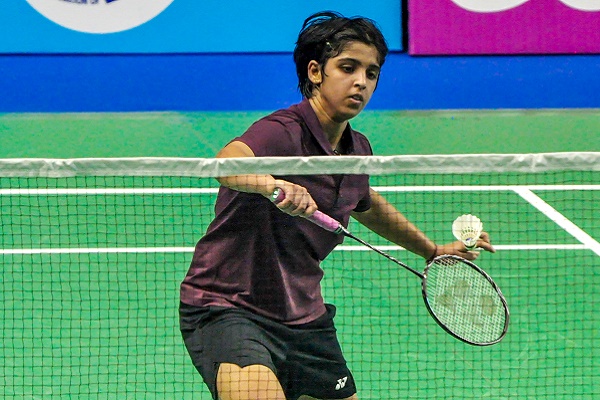
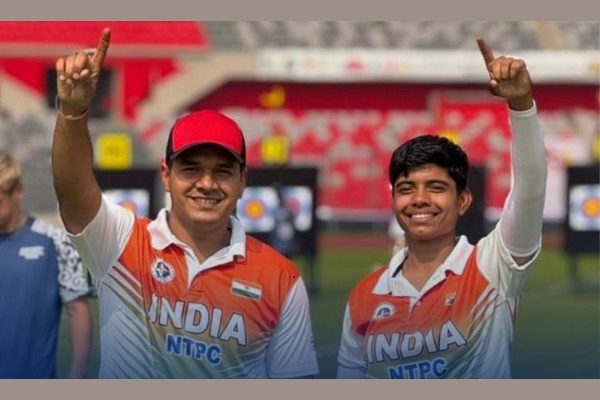
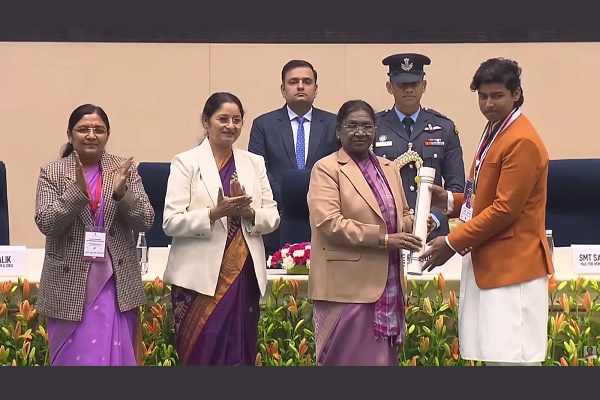

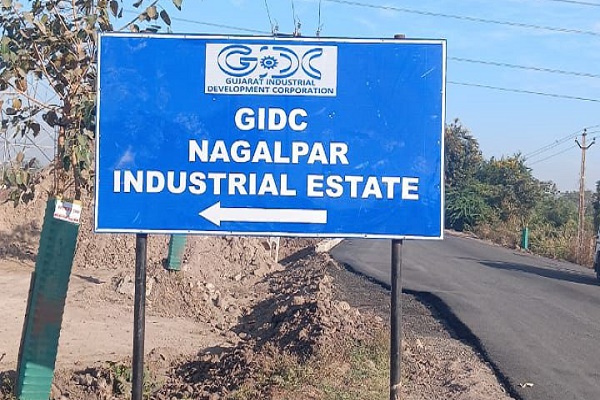
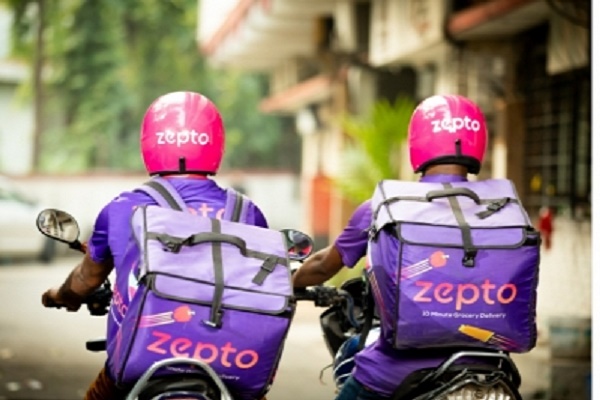
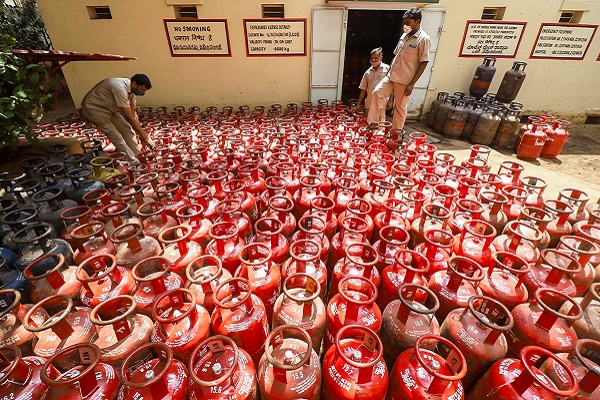

More News

Electronic Manufacturing Services : Still tariff-free, but not yet risk-free by JM Financial...







